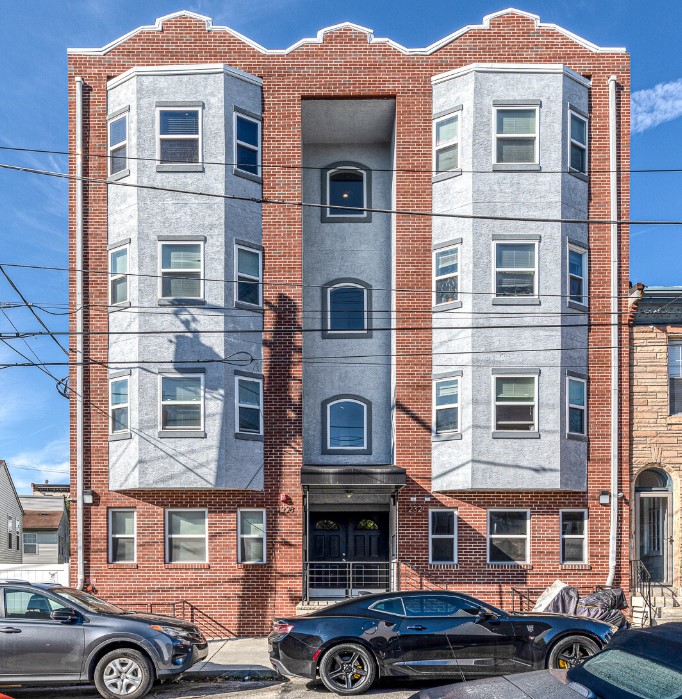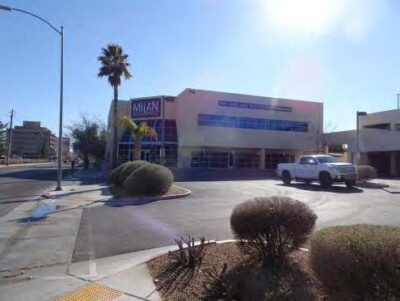Let’s get this out of the way first: Eric Goldstein is simply ahead of the curve.
The head of the King of Prussia District has seen the future and is getting out in front of one of next year’s “Emerging Trends in Real Estate.”
The tour tied to the release of the annual Urban Land Institute/PwC real estate market forecast stopped in Philadelphia at the Union League on Friday, and one of the trends shaping development that the presenters and panelists at ULI Philadelphia’s “Real Estate Forecast 2017” conference discussed was suburban office parks transforming themselves to accommodate the “18-hour” lifestyles their workers have increasingly adopted.
“The innovation economy is shifting,” said Jennifer Vey, fellow and co-director of the Bass Institute on Innovation and Placemaking at the Brookings Metropolitan Policy Program, during the panel discussion that followed the presentation on the report. “It’s no longer about driving into the office in the office park and keeping your secrets secret. The innovation economy is far more collaborative, both within and across sectors, between established firms and startups, and between firms and anchor institutions.”
This shift in work style is in turn driving suburban office parks to refashion themselves as all-day environments, a shift designed to give the suburbs where most Americans — including most Millennials — still live and work the kinds of attributes that have spurred central-city revivals in large cities all across the country, including this one.
Vey noted something similar taking place at one of the country’s best-known office parks in the discussion. “Research Triangle Park realized its lunch was getting eaten by Raleigh and Durham,” she said, “so it began a master planning process to determine how it can become a ‘town center.’”
In this region, King of Prussia is doing the same thing while Philadelphia itself reaps the benefits of already having this sort of infrastructure in place. As MSC Retail Managing Principal Douglas J. Green put it, “Philadelphia really does have some foundational attributes that position us well going forward: our location between Washington and New York, our public transportation system, the third largest downtown population in the United States.” All of these have combined to turn Philadelphia into an “18-hour city,” one of the major trends reshaping the real estate industry identified in the 2016 “Emerging Trends” report. “Those here 10 years ago can’t believe the activity on the streets at 10 p.m., or even 7 a.m.,” Green said.
Because of these attributes and changes, several of the conference participants agreed that the continued ebullience in the Philadelphia real estate market was justified and that the market deserved a higher ranking than it has gotten in these annual surveys (of the 78 U.S. real estate markets studied for this year’s forecast, Philadelphia ranked 28th in terms of overall investment opportunity). “I think Philadelphia is in much stronger position than the rankings have us,” said ULI Philadelphia Chair Antonio Fiol-Silva. “I’m always frosted that we get ranked lower than cities one-tenth our size,” said the panel moderator, Econsult Solutions President Stephen P. Mullin.
In certain categories of real estate, however, Philadelphia ranks much higher as an investment opportunity in the coming year. As a market for home building, for instance, the area ranked eighth nationally. And among markets in the Northeast, the ULI/PwC forecast rated the Philadelphia market the fourth strongest, after Boston, Manhattan and Brooklyn, with conditions continuing to improve.
Read more at http://www.phillymag.com/business/2016/11/21/philly-real-estate-forecast-2017-no-irrational-exuberance-here-not-yet/#tWIhxSBedRVq0GRH.99




